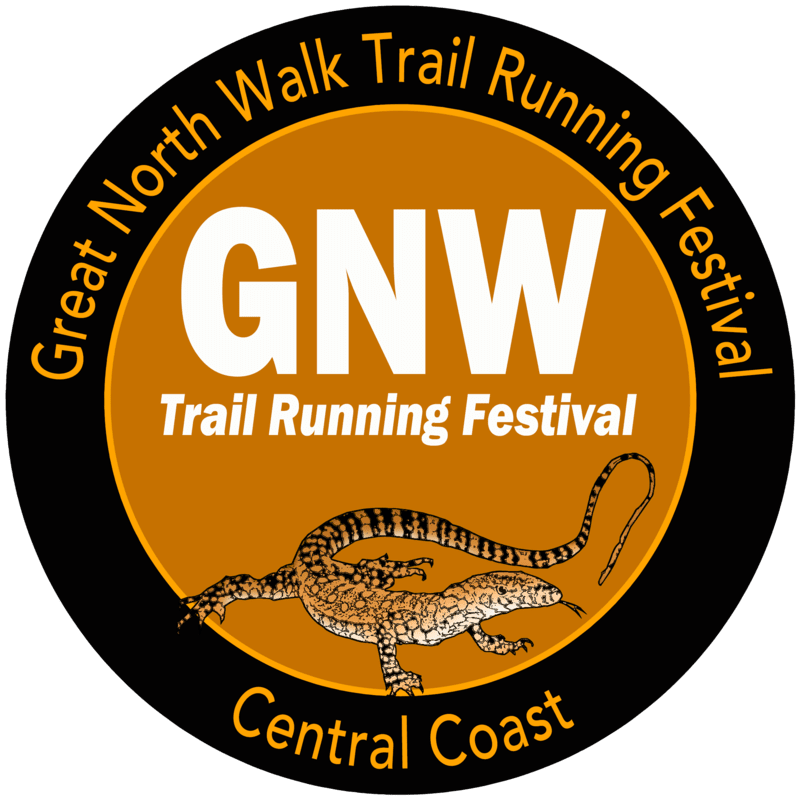50K
50K Course
MAP
Google Map of the course.
Garmin Map of the course.
Detailed PDF Map of the course.
ELEVATION PROFILE
See an Elevation Profile of the Course.
GPS TRACK
Download a GPX Track of the Course.
Download a KML Track of the Course.
| Course Files |
| Race | Distance | Gain/Loss | Single Track | Fire Trail | Gravel Road | Road |
| 50K | 50.3 | 1485m/-1485m | 62% | 34% | 5% | 0% |
50K Entry Info
T-SHIRTS
Free event T-shirt to first 300 entries across all races.
AGE
Runners must be at least 18 years of age on the day of the race.
EXPERIENCE
ENTRY FEE
| Race | Entry Period | Price | From | To |
| 50K | Early Bird | $150 | 25 Mar 2024 | 26 May 2024 |
| 50K | Standard | $170 | 27 May 2024 | 28 Jul 2024 |
| 50K | Late | $190 | 29 July 2024 | 15 September 2024 |
| 50K | Super Late | $210 | 16 September 2024 | 21 September 2024 |
Note: Entry fee includes all service charges and credit card fees.
See Race Day Info page for refund policy.
AGE CATEGORIES
There will be categories for Open (18-39), 30-39, 40-49, 50-59, 60+ for both Men and Women in all races.
